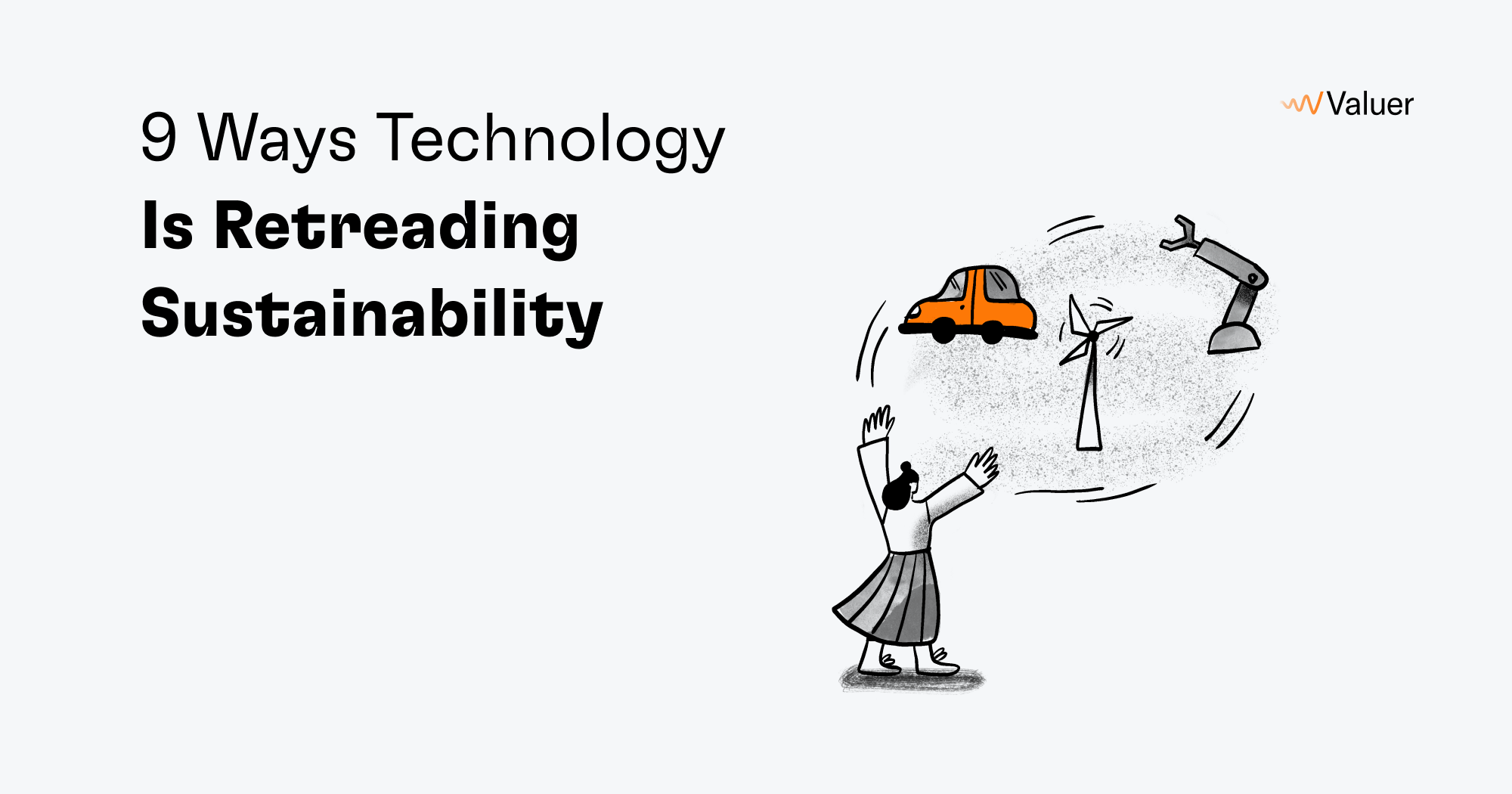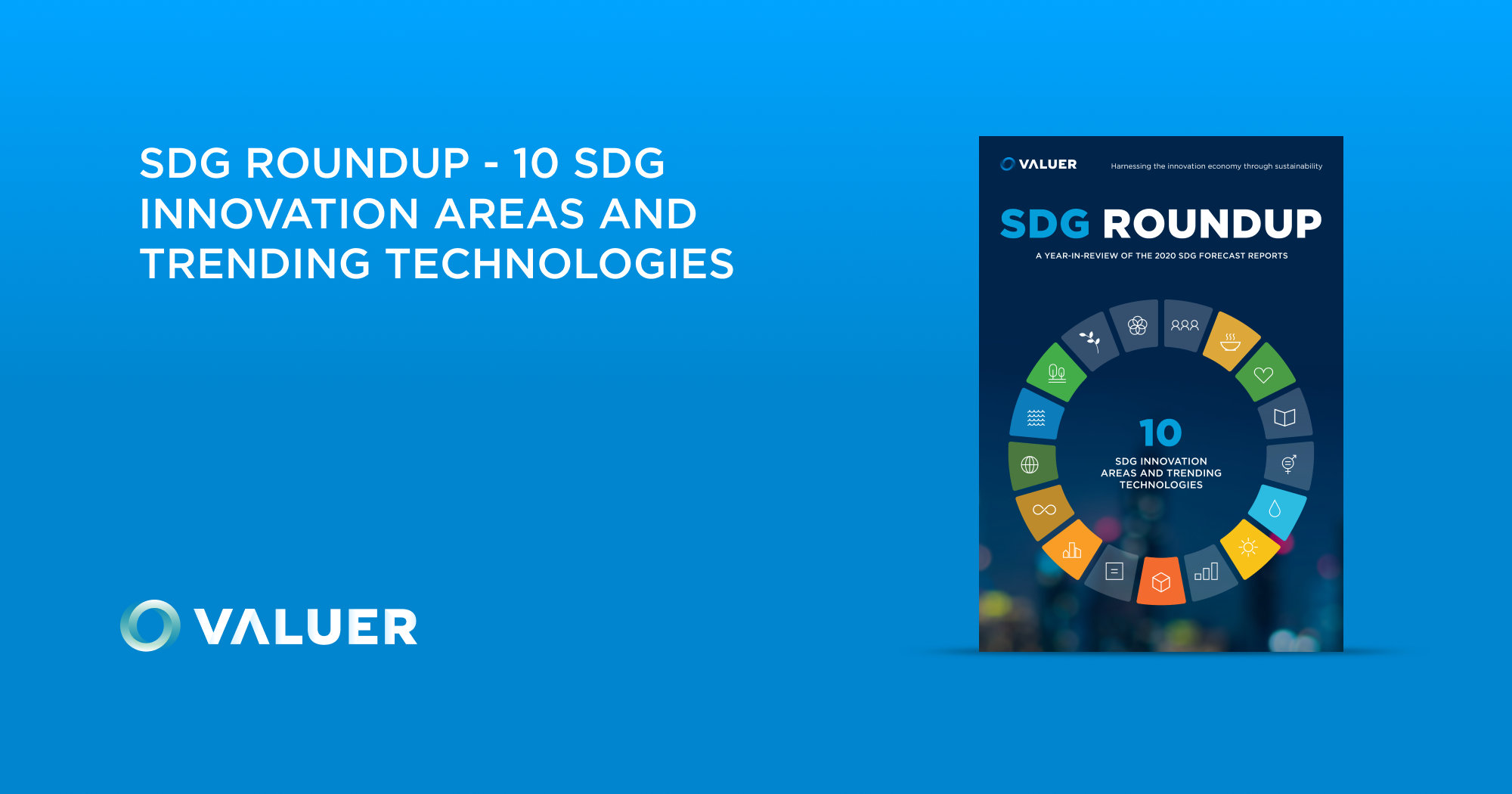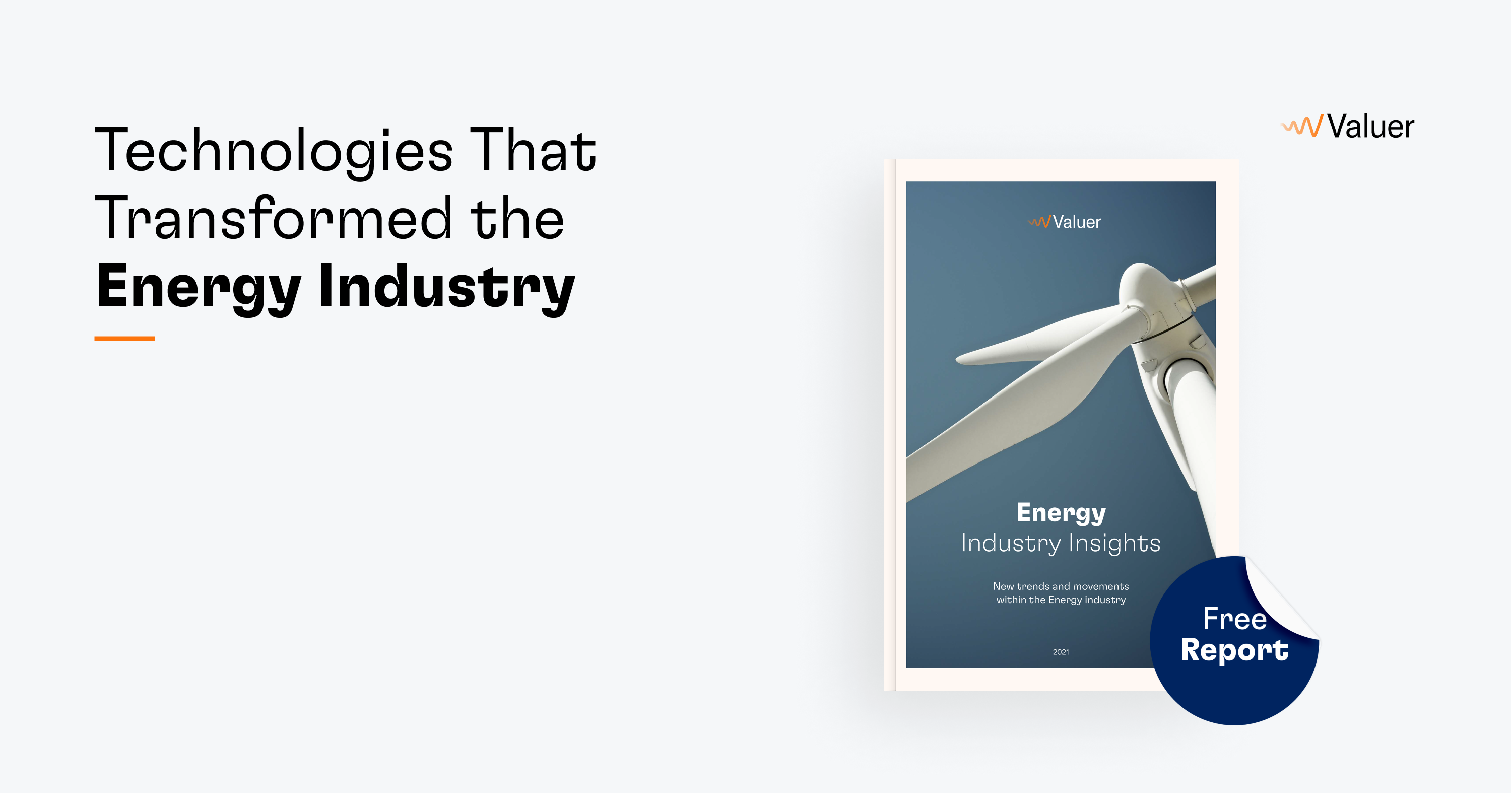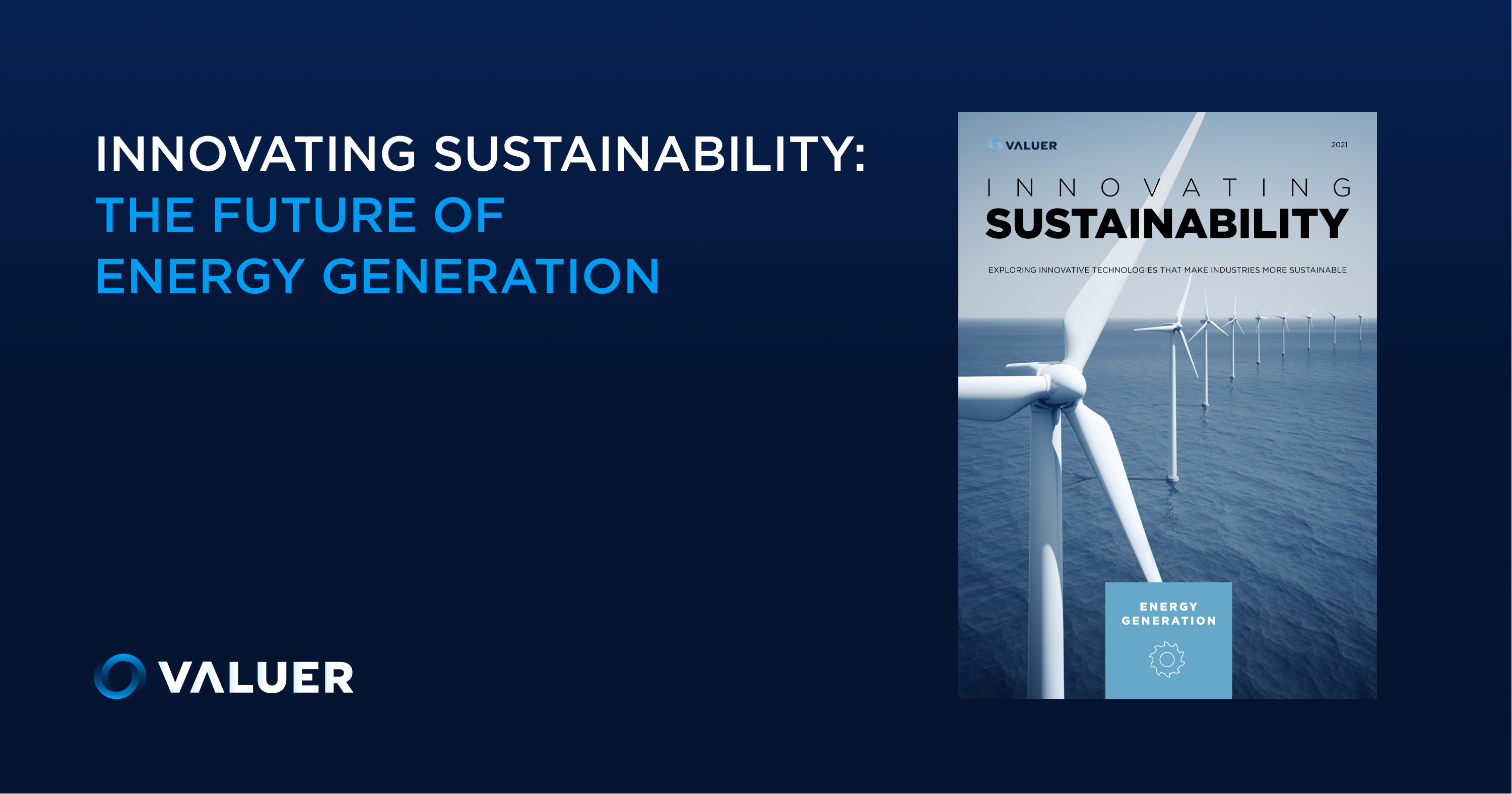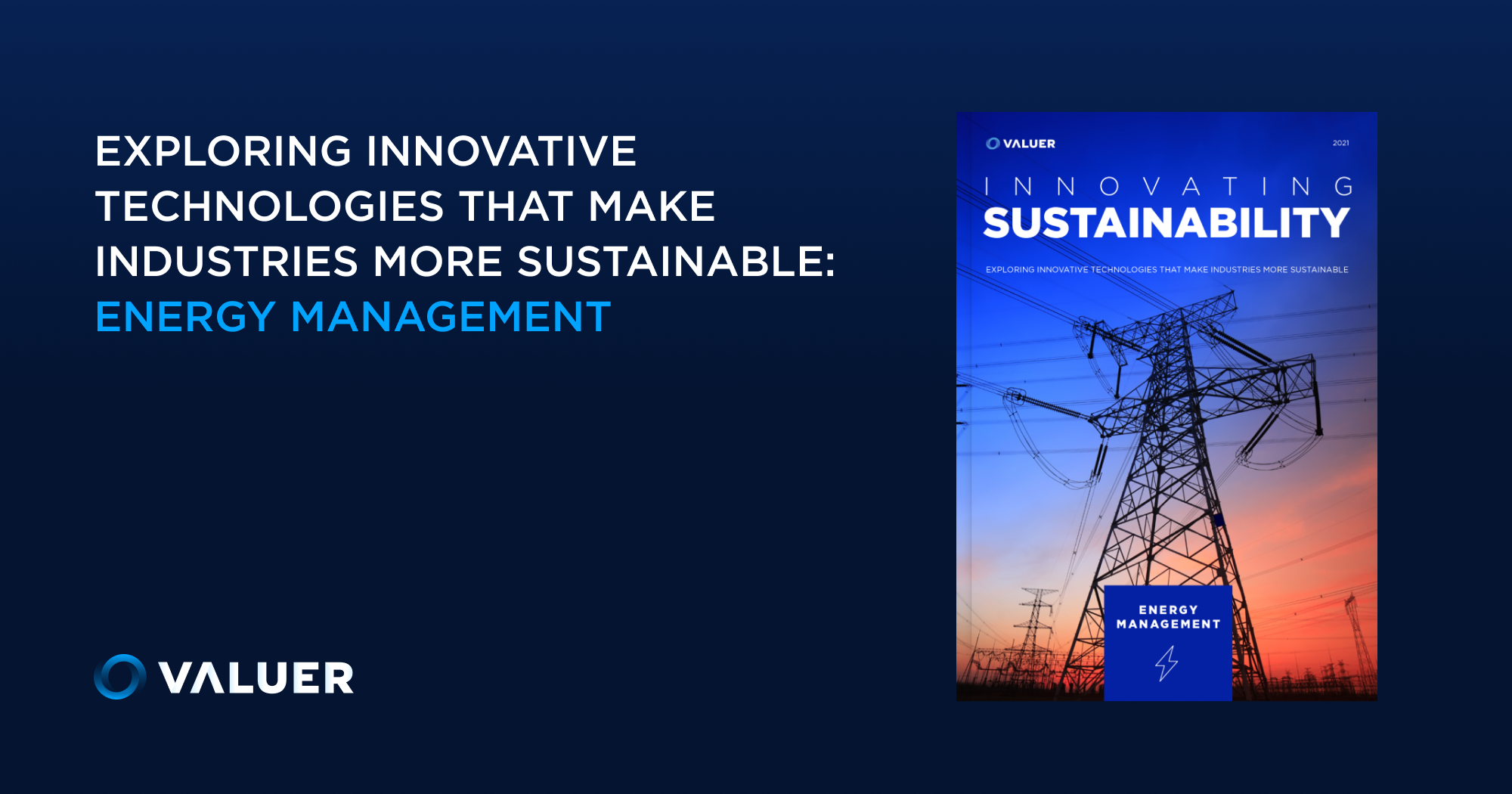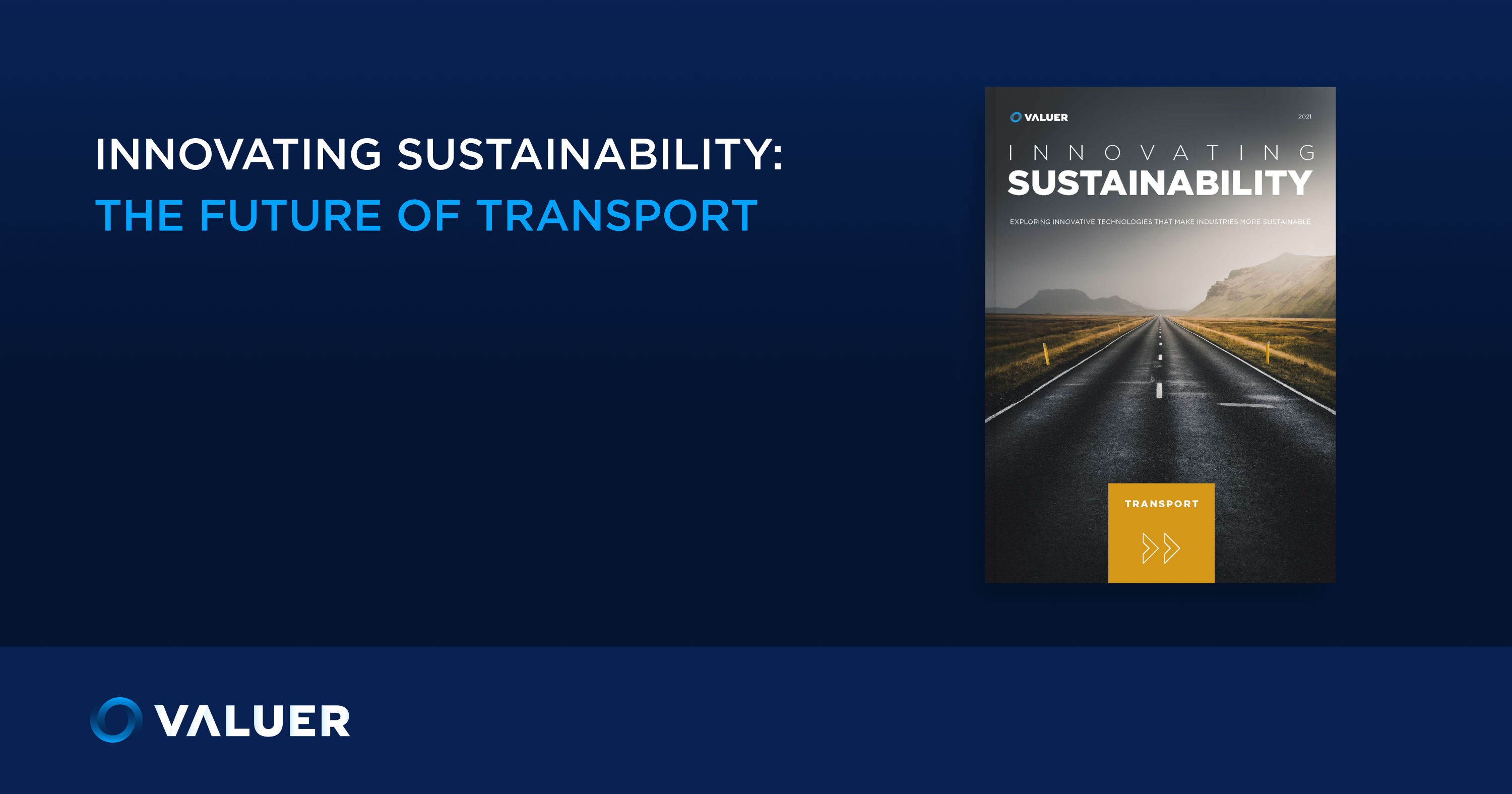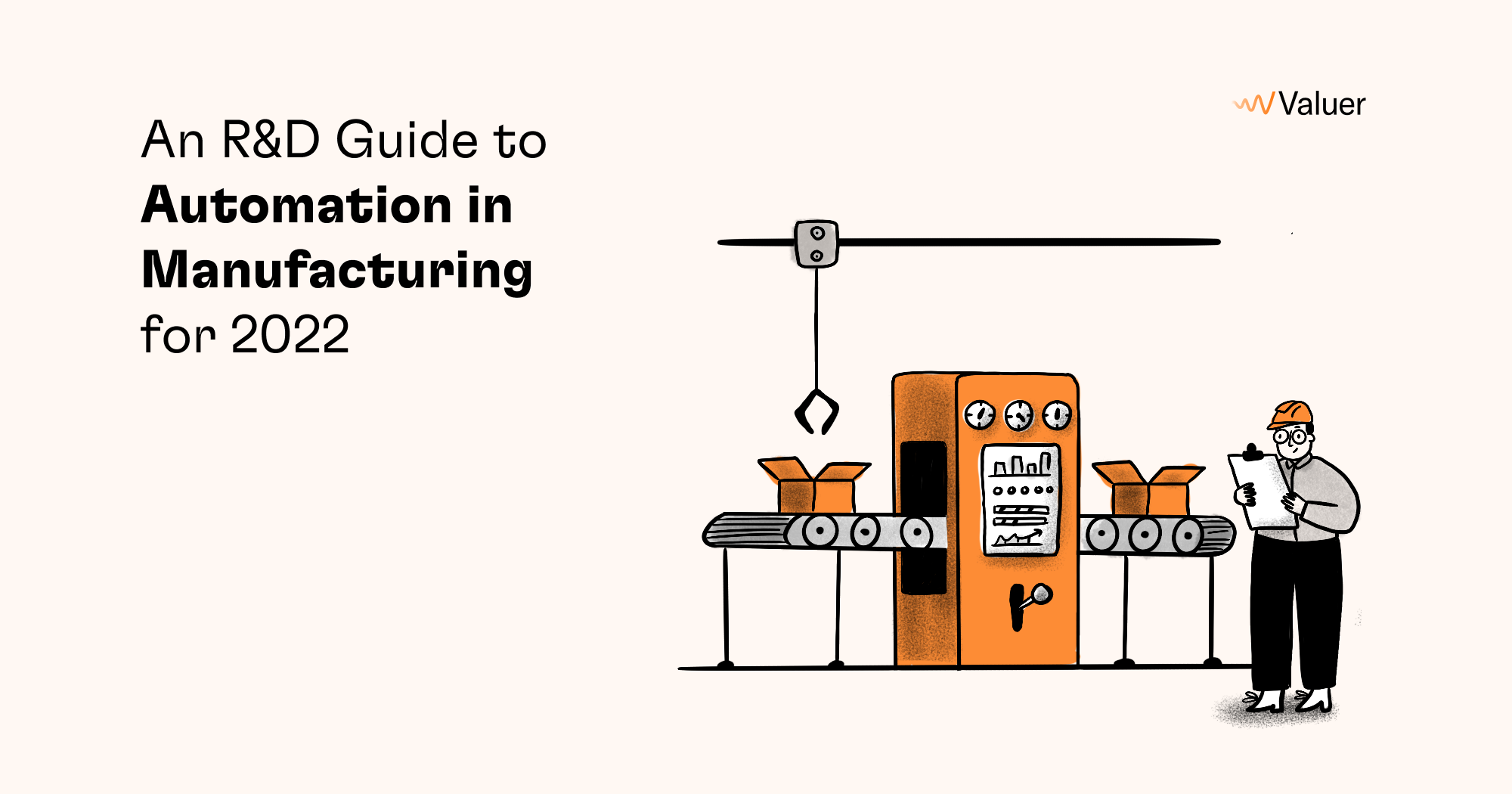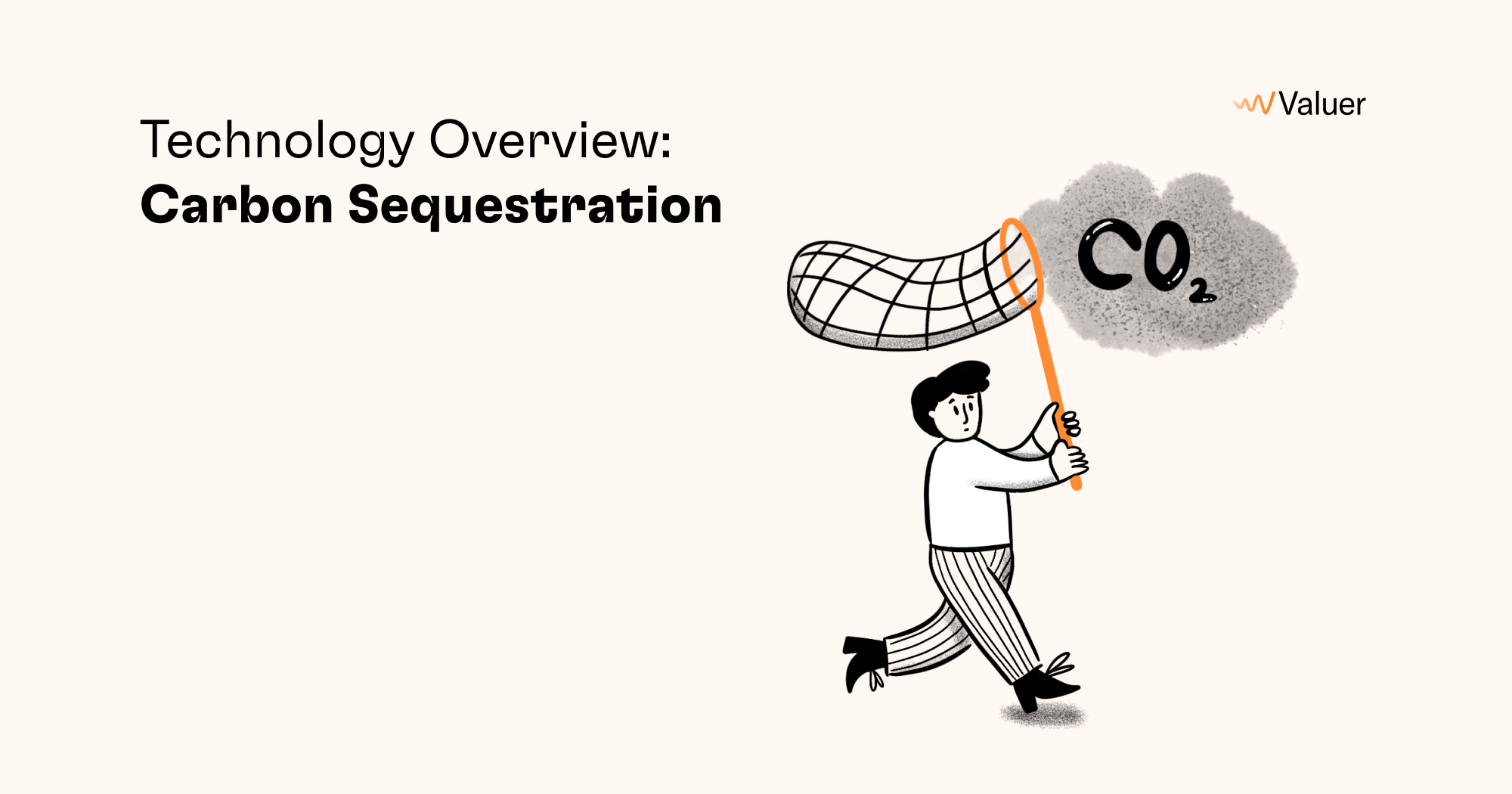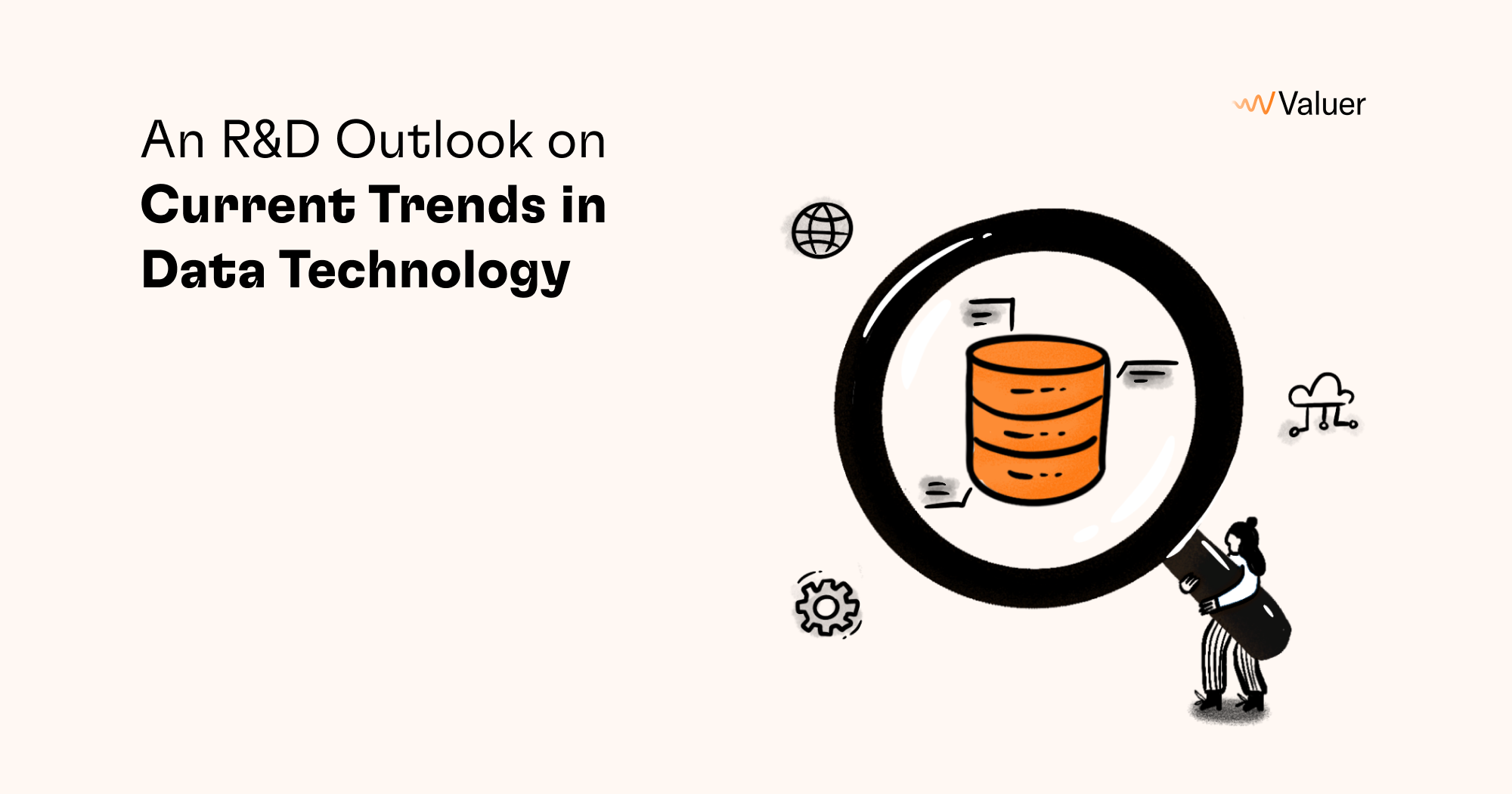*Updated September 2022
In the last decade, we have been witnesses to many new developing technologies. Ideas that were once futuristic have permeated human life so deeply that it is now almost impossible to imagine our lives without them.
Technology is advancing at an exponential rate, and with the start of a new decade, we can only wonder what new innovative ideas will come our way. Trending technologies can help us get a glance at what the future entails. Leveraging such new developing technologies can provide a competitive advantage in any industry.
In this article, we are jumping into major technology trends that have established themselves in the past couple of years. The 4 areas that we have identified are AI and machine learning, blockchain, IoT, and big data. From there, we go into what are some of the current and innovative applications of these technology trends. We are going into major detail on these developing technologies, but if you want more, make sure to head over to our Valuer app.
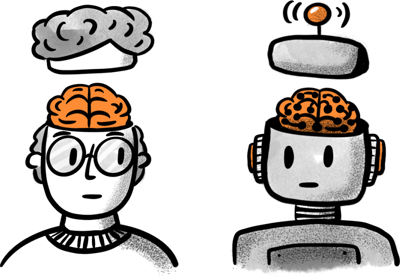
Technology trends in Artificial Intelligence and Machine Learning
Broadly speaking, the crux of Artificial Intelligence lies in the utilization of computers and machines for problem-solving and decision-making in such a way that it mimics the capabilities of the human mind. John McCarthy, a Computer Scientist at Stanford University, provides a more narrow definition of the term:
“It is the science and engineering of making intelligent machines, especially intelligent computer programs. It is related to the similar task of using computers to understand human intelligence, but AI does not have to confine itself to methods that are biologically observable.”
Machine Learning, often abbreviated as ML, is a trending technology that stems from AI and computer science. In comparison to AI in general, the focus of machine learning is more specifically placed on the use of data and algorithms to imitate human learning and incrementally improve accuracy.
Natural Language Processing (NLP) models
Natural Language Processing (NLP) is a processing technique that leverages AI and ML to allow computers to understand written and spoken language similar to humans. NLP models utilize computational linguistics, representing rule-based modeling of human language with machine learning, deep learning, and statistical learning models. Thus, computers can process human language in textual or audio form and understand its meaning along with the intent and sentiment of the speaker or writer.
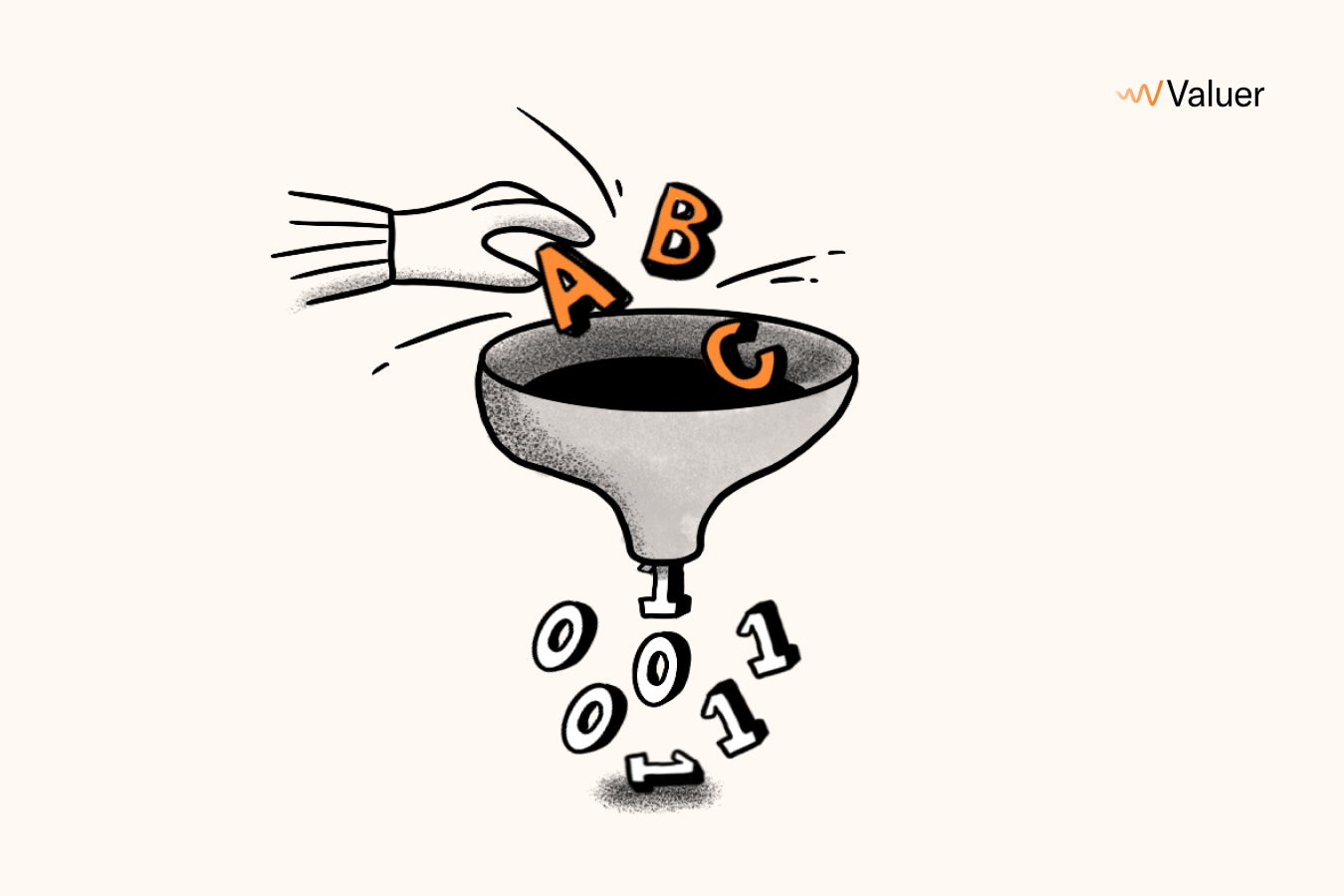
More specifically, NLP models work by converting unstructured data into a structured format by identifying named entities via a process called Named Entity Recognition. Another part of this process is identifying word patterns through tokenization, stemming, and lemmatization, which examines the root forms of words that, for example, help identify verb tenses.
By combining sub-techniques such as speech recognition, speech tagging, word sense disambiguation, Named Entity Recognition (NEM), coreference resolution, and sentiment analysis, scientists have developed a wide range of Natural Language Processing applications. Some Examples include:
- Spam Detection - filtering spam emails by detecting language commonly associated with scams and phishing attempts, such as overuse of financial terminology, unnecessary urgency, poor grammar, etc.
- Machine Translation - as demonstrated by Google Translate, computer translation requires a complex understanding of contextual meaning rather than just direct word replacement
- Virtual Agents and Chatbots - virtual agents include the Google Assistant, Apple’s Siri, Amazon Alexa, and Samsung’s Bixby, while companies commonly employ chatbots as a more cost-efficient customer support assistant
- Social Media Sentiment Analysis - using NLP as a tool to understand emotions and attitudes present in social media posts to extract hidden data useful for businesses
- Text Summarization - digest large volumes of text to create summaries and synopses for indexes and research databases
mHealth Apps
mHealth apps are a subset of telehealth, a broader term encompassing technologies and methodologies for remote care, such as Remote Patient Monitoring (RPM), which utilizes mobile technology to help achieve health goals. mHealth has grown to represent a technology largely powered by consumer applications available on mobile devices, which often do not involve human clinicians.
These applications represent a shift in healthcare trends and have grown in popularity due to the availability and convenience of mobile devices and propose the concept of mobile self-care, where consumers capture health data individually and without the assistance, interpretation, or intervention of a clinician.

While mHealth apps initially emerged as simple programs that served to track and document patient status, new technological developments have led to the introduction of AI and ML, significantly expanding their capabilities. AI in healthcare has generally become more prominent and has helped immensely in driving forward the potential of mobile health through AI algorithms, sensor technology, and advanced data techniques, transforming mobile consumer devices into health-management platforms.
In mHealth and healthcare trends overall, AI technology is used to analyze large quantities of patient data, detect diseases with increased accuracy, and enhance disease surveillance. It can also improve the productivity of healthcare professionals and augment their knowledge and abilities. AI is most valuable for clinical decision support and information management and has proven its potential in improving healthcare for patients and healthcare professionals.
Technology trends within the Internet of Things (IoT)
Internet of Things (IoT), a trending technology you've probably heard a million times by now, refers to connecting any object or device via the Internet or other connected devices using various microsensors and chips. Effectively, IoT represents a vast network of interconnected things, all of which collect data that can then be shared. This data provides information on the environment where these devices are placed or how they’re being used.
[Related Article - IoT Communities: Exploring the Innovation Ecosystem]
In essence, devices and objects with built-in sensors are connected to an IoT-enabled platform, which integrates the data collected and applies analytics to it. Deployed locally or on the cloud, IoT platforms can select specific data and process the most important information any device or application uses, then send the processed data to the applications within the IoT network that address particular needs. These apps utilize the data to detect various repetitive patterns, make optimization recommendations, or detect possible problems or anomalies before they occur.
Digital Twin
Digital Twin is the one of latest technology trends that heavily utilizes IoT devices and networks to gather data for understanding and predicting a physical asset's performance characteristics and informs on the changes that need to be done to optimize it. Digital twin frameworks serve to form connections between the physical and digital world by virtually modeling a process, product, or service. As such, it studies objects that are integrated with various sensors that produce data about different aspects of their performance, such as status, position, energy output, working conditions, and more.
Analogous to the broad principle of IoT technology, a digital twin also collects data and sends it to a processing system, most commonly a cloud-based one. The Digital Twin process diverges from its parent technology by applying the context-specific analyzed data to a digital copy of the observed object. Once populated with the necessary information, the virtual model (digital twin) can be used to run simulations, study performance issues, and generate possible improvements, all of which can yield valuable insights that can be applied to the original physical object.
Digital twins have become ubiquitous, especially in manufacturing, power generation, healthcare, the automotive industry, smart cities, etc. Digital twins in manufacturing have multiple applications aiming to improve manufacturing operations, including product design, quality management, process optimization, supply chain management, predictive maintenance, and asset lifecycle management. On the other hand, leveraging digital twins in the automotive industry can ease and optimize the processes of vehicle development, vehicle manufacturing, and vehicle sales and services.
Smart Grids
Smart grids are generally defined as electrical grids that feature implemented operation and energy measures. They rely on the IoT network and IoT-enabled devices, such as advanced metering infrastructure, smart distribution boards, and smart circuit breakers. Moreover, they function as renewable and energy-efficient energy resources with battery-charging capabilities (for EVs and power storage) and a stable broadband connection with wireless connectivity as a backup.
The core elements of smart grids are digital processing and communications, both of which are staple IoT technology features, making data flow and information management integral parts of smart grid technologies. Besides the added digital layer, modern power infrastructure must feature improved throughput and stability to integrate with consumer/producer users.
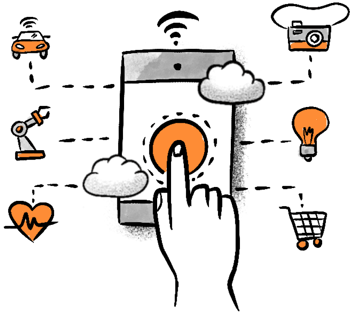
Innovative smart grid technologies blur the lines between suppliers and consumers since consumers can also supply electricity back into the grid, either with small-scale electrical generators, like wind turbines and solar panels, or battery power storage systems.
Discerning between applications for smart grids is not possible since the concept of smart grids is such that it interweaves the electricity suppliers, which can be privately owned or government facilities, enterprise consumers, and residential consumers. This means that smart grids do not operate discreetly on a B2B, B2G, or B2C basis, but as a combination of all three depending on the sector of the network in question.
Big data trends
Big data is a broad term that is generally defined as data that contains greater variety, arrives in greater volumes, and with greater velocity - encompassing the three Vs of Big data. Big data trends are trending technologies that provide larger and more complex data sets, especially when working with new data sources. There are many developing technologies based on Big Data, with applications in transportation, marketing, banking, financial services, government, media, healthcare, and other industries.
Big data solutions are able to process large amounts of low-density and unstructured data, which is very valuable for processing data of unknown value, such as Twitter feeds, clickstreams, or output from sensor-enabled equipment. The speed or rate at which the data is received, processed, and acted on is another important feature of big data, allowing smart devices to operate in real or near-real time.
The variety of data sets that big data technologies can process is an additional boon, allowing the transition from traditionally structured sets that use relational databases to unstructured and semi-structured data sets. These types of data, such as text, audio, and testimonial video, are abundant in today’s world and require additional preprocessing to derive meaningful information and support metadata.
Big Data analytics in Healthcare
The healthcare industry has seen vast improvements with the introduction of modern-day technologies. When talking about big data in the industry, healthcare technology trends show that big data is slowly but decisively making a major impact on the industry. With the prominence of wearable devices and sensors, the amount of patient data available for analysis and monitoring is unprecedented, ushering in the need for powerful tools that can process it and provide actionable insights.
By implementing big data trends and technologies into their workflow, healthcare organizations and professionals can derive solutions to detect early symptoms and avoid preventable diseases, predict serious medical conditions and epidemic outbreaks, and enhance patient engagement.
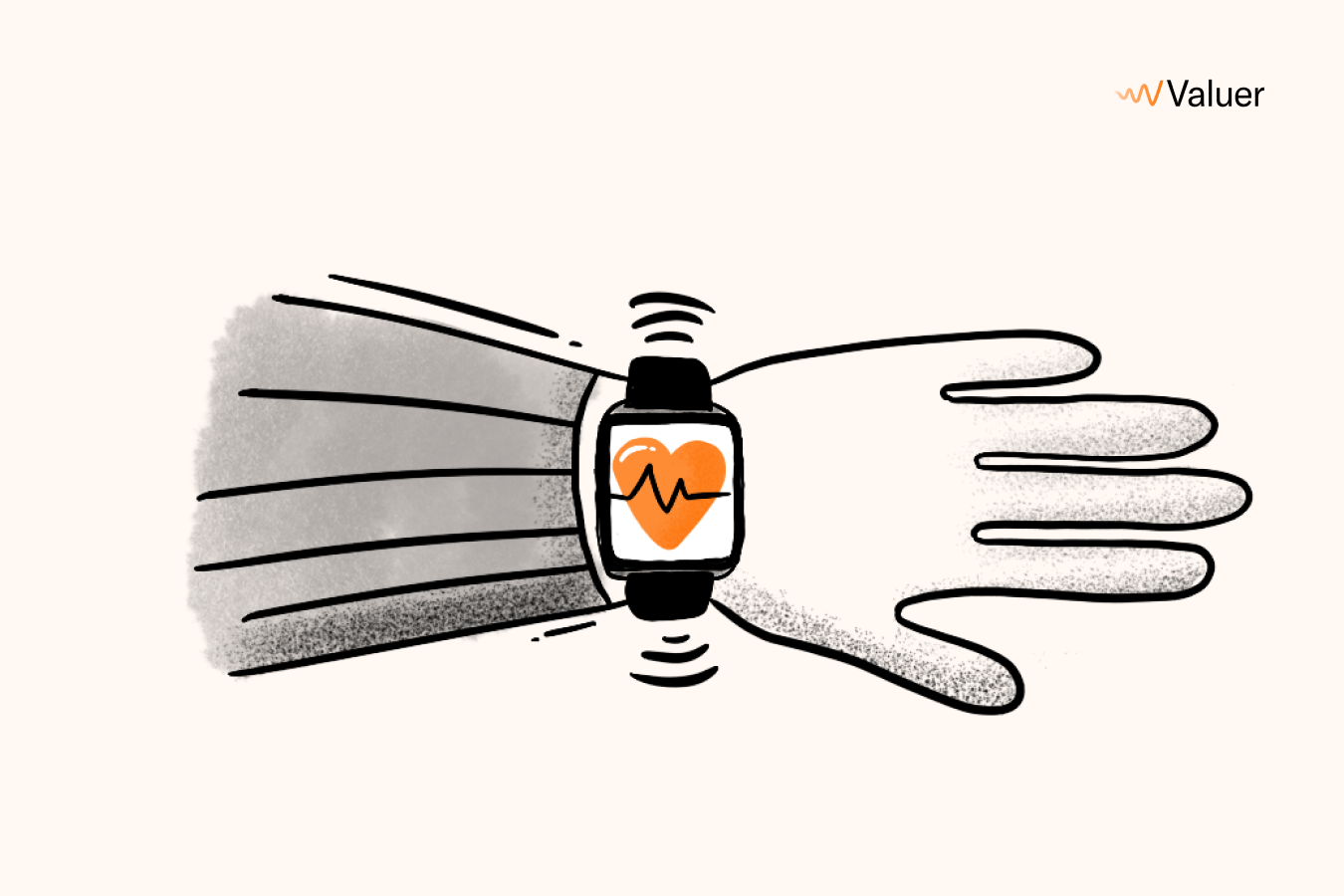
The nascent big data trends in healthcare technologies are also providing means for keeping electronic health records and alerting doctors, caretakers, and patients in real time about potential risks. On the other hand, in terms of internal processes within healthcare organizations, big data provides improvements in strategic planning and research acceleration, enhances medical image analysis, and expands the capabilities of telemedicine.
One potential concern with big data trends in the healthcare industry is data privacy, as patients’ privacy needs to be protected and preserved with the ongoing advent of the trending technology. For this reason, the HIPAA Security Rule developed a list of safeguards for healthcare organizations that store protected health information (PHI). These privacy safeguards include:
- Managing controls over data access and integrity
- Scheduling regular data security audits
- Ensuring transmission security
- Adopting authentication protocols
These precautionary measures intend to enforce the use of data encryption, firewalls, multi-factor authentication, and other security tools.
Big Data in Banking and Financial Services
The analytical and predictive power of Big Data technologies has also found use in the banking and financial services sector, presenting the industry with a range of benefits in multiple use cases. In general, the billions of dollars moving across global markets daily generates vast amounts of data that needs to be processed by financial institutions and analysts in order to establish predictions, uncover patterns, and create predictive strategies.
However, due to the unstructured and semi-structured nature of these datasets, human-performed analysis is very difficult. Big data technology has proven beneficial in this sector due to its capability to process great volumes of data at a significantly faster rate and with greater accuracy.
FinTech trends show that in addition to processing global market transactions, big data is utilized in the banking industry for other, more focused purposes, such as:
- Fraud detection - Enabling banks to monitor account holders’ purchasing patterns and other activities to detect atypical behavior and movements that would signal fraudulent transactions.
- Risk management - By using big data analytics, banks and financial institutions can monitor employee activities, operational processes, and KPIs resulting in more coherent and insightful reports.
- Customer relationship optimization - Data from e-banking applications and website usage, as well as transactions, can be processed with big data techniques to help banks and institutions better understand client needs, and consequently, provide better incentives that would drive the use of additional financial services.
- Personalized marketing - A use case that is prominent in the marketing industry and deployed across almost all sectors, personalized marketing enables banks to construct rich profiles and client personas, leading to improved micro-targeted marketing initiatives.
Blockchain and blockchain trends
Blockchain is a type of distributed ledger that uses a sequence of blocks to record transactions or digital interactions. Distributed ledger technology is programmable, distributed, secure, immutable, anonymous, unanimous, and time-stamped.
The name of blockchain technology derives from the “blocks” that are added to the “chain” of digital activities. The information in each block that is part of the shared database must be confirmed and encrypted. Each block receives a cryptographic signature, and once information is recorded inside a blockchain, alterations to that data become very difficult.
Blockchain’s first application was within the field of cryptocurrency, specifically Bitcoin, described as
"a purely peer-to-peer version of electronic cash [that] would allow online payments to be sent directly from one party to another without going through a financial institution” by its creator.
Otherwise, Blockchain trends have numerous applications in banking and finance, such as payments, trade finance, capital markets, etc., but has also found use in manufacturing, energy, and utilities.
Blockchain for Supply Chain Transparency
By using a blockchain decentralized ledger, participants in the supply and trade chain have the ability to record the price, date, location, quality, and certification of the exchanged goods, as well as the materials used to produce them, enabling them to more effectively manage the supply chain. With this method and the traceability it provides, the losses from counterfeit and gray market transactions could be lowered, and organizations that fulfill strict production and sourcing requirements could rise up as leaders in their field with irrefutable evidence about their supply practices.
Essentially, blockchain technology can be used to drive increased supply chain transparency for the purpose of eliminating the risk of fraud for high-value goods, such as diamonds and pharmaceutical drugs. Blockchain trends reveal that many companies are interested in the developing technology, as it would help them understand how raw materials, as well as finished goods, travel between contractors and subcontractors, enabling them to reduce profit losses from illicitly sourced items. The knowledge that a certain company produces responsibly sourced goods would also drive consumers to trust that brand even more, and in turn, unlock additional revenue for the company.
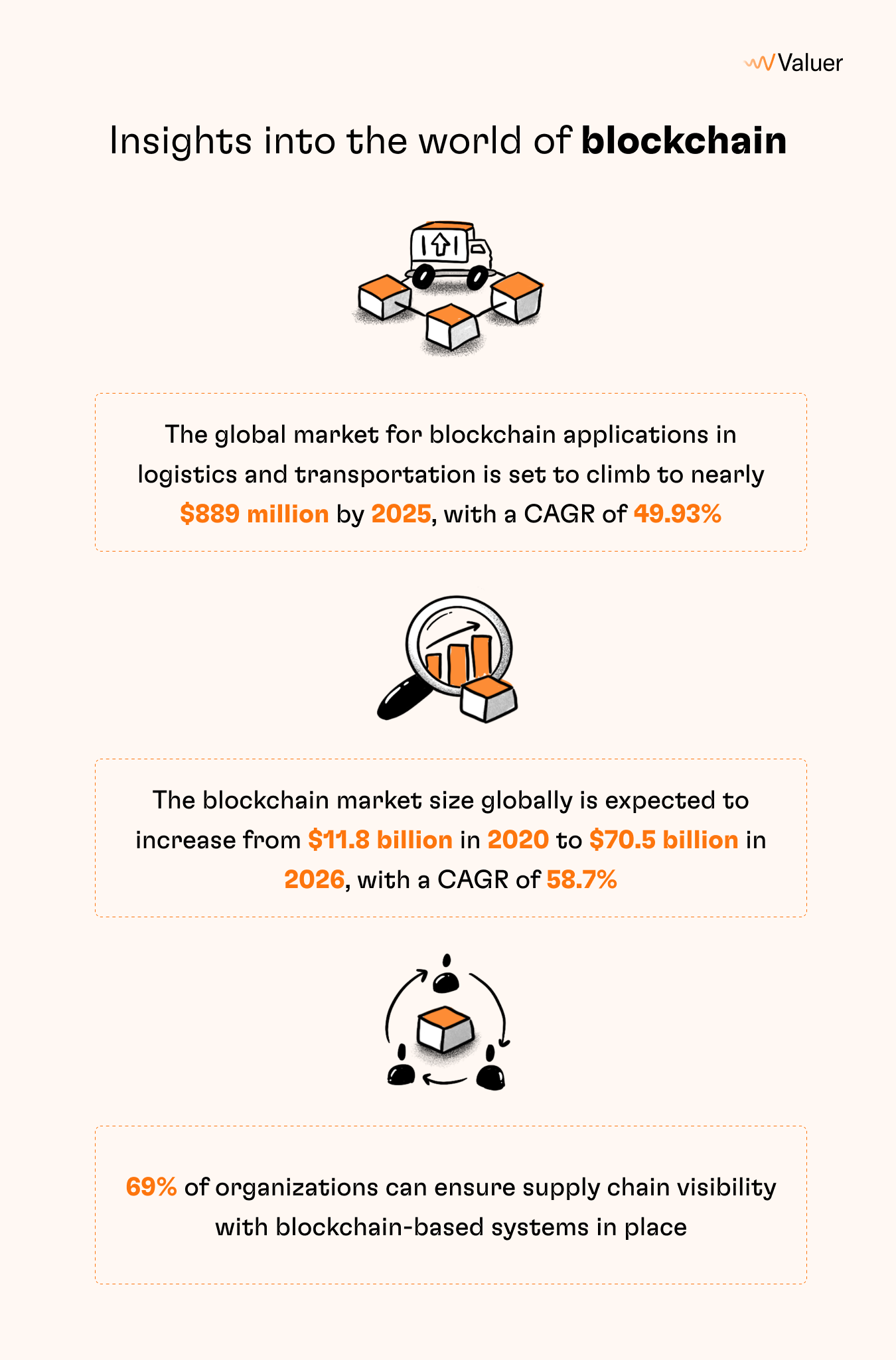
Furthermore, more granular control over outsourced contract manufacturing is unlocked due to the fact that blockchain technology provides all parties within a supply chain with access to the same tamper-proof information. Thanks to the decentralized ledger, administrative processes can also be streamlined, unlocking additional cost savings for parties that opt for using blockchain technology.
Peer-to-Peer Energy Trading
The conventional way of operating within the energy sector meant using centralized systems to document and distribute power from the supplier to the users. This system was held back from transitioning towards a more decentralized model due to technological constraints. However, with recent advancements in blockchain and renewable energy technologies, the conditions are favorable for this to change and usher in a new type of energy supply and trading system.
The peer-to-peer energy trading system represents a system where buying and selling of energy can be performed between two or more grid-connected parties. With the prominence of household solar power generators, grid participants are looking to transfer and sell the excess energy they produce, and the P2P energy trading system enables them to do this. It also provides consumers with the ability to choose which provider they will purchase their electricity from. Conventionally, excess solar energy is exported back to the grid for a small feed-in tariff rate, a practice that does not satisfy the need for flexibility and control that many users have.
With peer-to-peer energy technology, energy trading would be performed through a secure blockchain platform, enabling users to trade power in the form of renewable energy credits and control its distribution through smart microgrids. Benefits include:
- Transparent trading with the ability to select a preferred buyer or seller
- Providing access to renewable energy to users without household solar panels
- Reduced transportation costs, as power does not need to be distributed from a central power plant
- Public, immutable, and tamper-proof records of all energy transactions
Developing technologies: the catalyst for business partnerships
All these trending technologies are disrupting industries around the globe and are affecting enterprises of all sizes. They can represent a competitive advantage, or disadvantage, depending on how firms exploit these new tools and get on board with technology trends that are poised to revolutionize business. Innovative technology has allowed startups to have a better chance of competing with large corporations since it is easier for them to incorporate new technologies into every aspect of their businesses in a frictionless way.
Large companies tend to have a harder time with this type of transition. When companies manage to separate themselves from traditional legacy systems, it enables them to have faster uptake of new technologies. This separation process tends to be harder for large companies with long years of trajectory behind.
While startups have a technological advantage, they tend to lack the funds. Companies like Firstbase provide an operating platform to help startups access essential growth tools and discounts to extend runway and build at scale. On the other hand, large corporations have the funds, but they also experience a hard time fully embracing next-generation technology advances, prisoners of their traditional legacy systems. This creates an opportunity for these two parties to look for a partnership. Startups and large companies need to achieve a symbiotic relationship, where both benefit and help each other at the same time.
Corporate accelerators programs act as a bridge between startups and large corporations. These programs, sometimes hosted by large corporations themselves, help startups accelerate their growing process in many different ways.
Accelerators provide an environment for learning, growing, mentorship, partnerships, and funding, where both, big corporations and small ventures, can be benefited. The biggest corporate accelerator programs hosted by big companies today are AT&T’s Aspire Accelerator, The Bridge by CocaCola, Google’s Launchpad Accelerator, IBM Alpha Zone Accelerator, Disney Accelerator, among many others.
Sometimes it can be simpler for big companies to buy startups. This happens for many different reasons, two of which are, resource acquiring and elimination of competition.
Resource acquiring is when big companies buy small ventures in order to acquire their skills and technologies in a more effective way. Instead of learning and building a new skill from scratch, big firms integrate startups and the technologies that come with them into their companies, lowering costs and making the whole process more effective.
Elimination of competition means that, instead of competing with a startup with better technological tools and more effective processes, companies buy it and merge forces to compete against bigger fish. This method also helps to remove excess capacity in the industry.
Wrapping up on trending technologies
For all types of enterprises it is highly important to stay on top of all the technology trends. This can be harder for firms with a lot of bureaucracy and conservative leaders, but at the end, it is a matter of how to use these developing technologies as an advantage or see competitors gain market share.
Even though there are new developing technologies and technology trends constantly permeating the market, some have seemed to stick around longer than others in the past couple years and have permeated into many different facets of industry. If you want to keep tabs on new developing technologies, then head over to the Valuer app and get the latest information on trending technologies and the companies who develop them.

